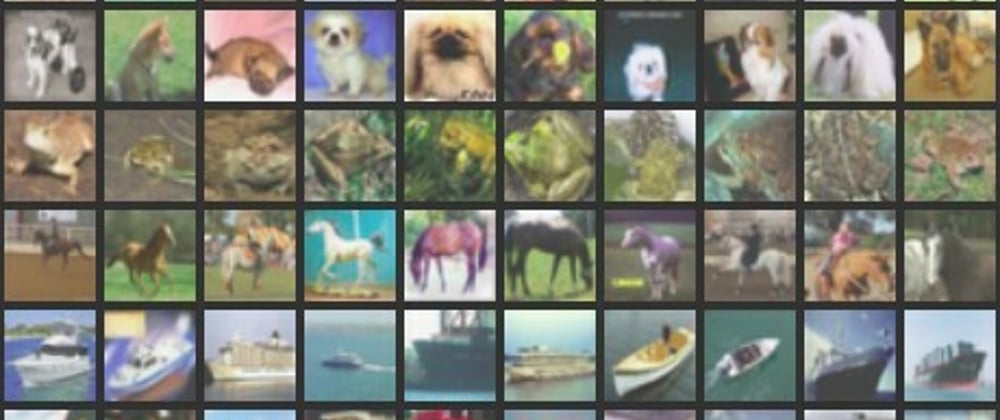Introduction
In recent years, deep learning has been widely adopted in various fields, including computer vision, natural language processing, and robotics. The success of deep learning models in these fields is largely due to their ability to learn and recognize patterns and features in large datasets. To train these models, large amounts of high-quality data are required. In the context of computer vision, image data is a crucial ingredient in the training process.
One of the challenges in computer vision is to process and analyze video data. Videos consist of a sequence of images, and extracting relevant information from a video can be challenging. However, extracting frames from videos and using them as inputs for deep learning models is an effective solution. By creating image frames from videos, we can train deep-learning models to detect and classify objects and events in real time.
This article provides an overview of why and how to create image frames from videos for deep learning models. We will outline the steps involved in extracting frames from videos and preparing them as input for a deep-learning model.
Why create image frames from videos?
Videos contain a wealth of information that can be useful for deep learning models. However, videos can be challenging to process, as they are large in size, contain a large number of frames, and may be of varying quality. By creating image frames from videos, we can overcome these challenges and train deep learning models more effectively.
Image frames allow us to focus on specific moments in the video and eliminate irrelevant information. They also make it easier to pre-process and augment the data, which can improve the performance of the deep learning model. Additionally, image frames are easier to store and manage than videos, as they take up less space and are easier to manipulate.
How to create image frames from a video using OpenCV?
OpenCV (Open Source Computer Vision Library) is an open-source computer vision and machine learning software library. It is widely used for computer vision tasks, such as image and video processing, object detection and recognition, and more.
Below is the code to generate image frames from videos using OpenCV
import cv2
# Load the video
video = cv2.VideoCapture("path/to/video.mp4")
# Get the frame count
frame_count = int(video.get(cv2.CAP_PROP_FRAME_COUNT))
# Extract the frames at a specified frequency
frequency = 30 # Extract a frame every 30 frames
for i in range(frame_count):
# Read a frame from the video
ret, frame = video.read()
# Check if the frame was successfully read
if not ret:
break
# Save the frame if it is a specified frequency
if i % frequency == 0:
filename = "path/to/output/folder/frame_{}.jpg".format(i)
cv2.imwrite(filename, frame)
# Release the video
video.release()
How to preprocess the image frames for a deep-learning model?
Preprocessing image frames for a deep learning model is crucial for achieving good performance. The following are the steps for preprocessing image frames for a deep-learning model:
Resizing the images to the same size: Deep learning models typically require that the input images have the same size, so the images should be resized to the same size. This can be done using OpenCV's resize function.
Normalizing the pixel values: Deep learning models work best when the pixel values are normalized, so the pixel values should be normalized to the range [0, 1]. This can be done by dividing each pixel value by 255.
Converting the images to a tensor: Deep learning models work with tensors, so the images should be converted to tensors. This can be done using the to_tensor function from the PyTorch library or convert_to_tensor from the Tensorflow library.
Splitting the data into training and validation sets: To evaluate the performance of the model, the data should be split into training and validation sets. This can be done using the train_test_split function from the sci-kit-learn library.
The following is a sample Python code that implements the above preprocessing steps:
import cv2
import numpy as np
import torch
from sklearn.model_selection import train_test_split
def preprocess_image(image):
# resize the image
image = cv2.resize(image, (224, 224))
# normalize the pixel values
image = image / 255.0
# convert the image to a tensor
image = torch.from_numpy(image).float()
return image
# load the images from the folder
images = []
for i in range(n):
# read the i-th image
image = cv2.imread(f'path/to/output/folder/frame_{i}.jpg')
# preprocess the image
image = preprocess_image(image)
images.append(image)
# convert the list of images to a tensor
images = torch.stack(images)
# split the data into training and validation sets
train_images, val_images = train_test_split(images, test_size=0.2, random_state=42)
By following these steps, the images are ready to be used as input for a deep-learning model.
Conclusion
Extracting image frames from videos is crucial in training deep-learning models for object detection and classification tasks. The OpenCV library provides a simple and efficient way to extract frames from videos and prepare them for training a deep learning model. By generating image frames, we can have a larger dataset, fine-tune our model, and evaluate its performance, leading to improved results.







Oldest comments (0)